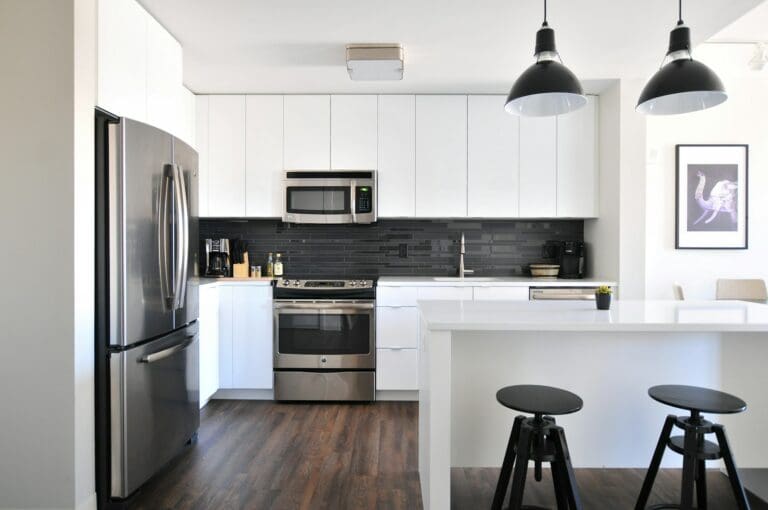Seasonal Affective Disorder (SAD) is a type of depression that affects many people during the winter months. It is a complex mood disorder that can have a serious impact on a person’s day-to-day life. The good news is that there are many ways to combat SAD, and in this article, we will explore some of the most effective tips and tricks.
Understanding Seasonal Affective Disorder
Before we dive into the tips and tricks, it is important to understand what SAD is and how it affects the body. SAD is a type of depression that occurs during the winter months when there is less daylight and the days are shorter. The lack of sunlight can disrupt the body’s internal clock, which can lead to feelings of depression, fatigue, and lethargy.
It is important to note that SAD is a real mental health condition that can be diagnosed by a professional. The symptoms of SAD can range from mild to severe and can include feelings of sadness, lack of interest in activities, fatigue, difficulty concentrating, and changes in appetite and sleep patterns. If you think you may be experiencing SAD, it is important to seek help from a mental health professional.
Tip 1: Get More Sunlight
One of the best ways to combat SAD is to get more sunlight. This can be accomplished by spending more time outside during the day, or by using a light therapy box. Light therapy boxes mimic natural sunlight and can help regulate the body’s internal clock, which can improve mood and energy levels.
If you decide to spend more time outside, it is important to do so safely. Wear warm clothing and sunscreen if necessary, and try to spend time outside during the brightest parts of the day. If you live in an area with limited sunlight during the winter months, consider investing in a light therapy box.
Tip 2: Exercise Regularly
Regular exercise is another effective way to combat SAD. Exercise releases endorphins, which are natural mood boosters. It can also help regulate the body’s internal clock and improve sleep patterns. Aim for at least 30 minutes of exercise each day, even if it’s just a brisk walk outside.
If you are new to exercise, start slowly and gradually increase your activity level over time. Find an activity that you enjoy, such as walking, biking, or swimming, and make it a regular part of your routine. Exercise can also be a great way to socialize and connect with others, which can help combat feelings of isolation and loneliness.
Tip 3: Practice Relaxation Techniques
Stress can exacerbate the symptoms of SAD, so practicing relaxation techniques can be helpful. Try yoga, meditation, or deep breathing exercises to help reduce stress and improve mood. These practices can also help regulate the body’s internal clock and improve sleep patterns.
If you are new to relaxation techniques, consider taking a class or finding a guided meditation online. There are many resources available that can help you learn these techniques and incorporate them into your daily routine. Practicing relaxation techniques can also be a great way to take a break from the stress and bustle of daily life and prioritize your mental health.
Tip 4: Eat a Healthy Diet
A healthy diet is important for overall health, but it can also help combat the symptoms of SAD. Aim for a diet that is rich in fruits, vegetables, lean proteins, and whole grains. Avoid processed foods, sugary snacks, and caffeine, as these can all exacerbate symptoms of depression.
If you are struggling to eat a healthy diet, consider working with a registered dietitian. They can help you develop a meal plan that meets your nutritional needs and supports your mental health. Eating a healthy diet can also be a great way to practice self-care and prioritize your physical and mental well-being.
Tip 5: Seek Professional Help
If you are experiencing symptoms of SAD, it is important to seek professional help. A mental health professional can help you develop a treatment plan that is tailored to your specific needs. This may include therapy, medication, or a combination of both.
Therapy can be especially helpful for people with SAD, as it can provide a safe and supportive space to explore feelings of sadness and depression. Medication may also be helpful for some people, especially if their symptoms are severe. If you are hesitant to seek professional help, remember that it is a sign of strength to ask for help when you need it.
Conclusion
SAD can be a debilitating disorder, but there are many ways to combat it. By getting more sunlight, exercising regularly, practicing relaxation techniques, eating a healthy diet, and seeking professional help, you can improve your mood and energy levels during the winter months. Remember, it’s important to take care of your mental health, and there is no shame in seeking help when you need it. With the right tools and support, you can overcome SAD and enjoy a happier, healthier winter season.

